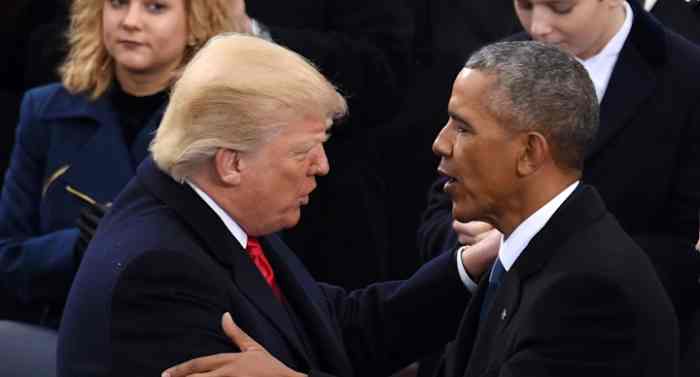
bdmetronews Desk ॥ Since he took office, President Donald Trump and his advisers have made a show of trying to chip away at the overwhelming support that Democrats enjoyed from black voters in the 2016 presidential campaign.
Even as Trump himself has offended people with language widely seen as racist, like telling four congresswomen of color to “go back” to countries where they came from (three of them were born in the United States), his campaign poured $10 million into a Super Bowl ad featuring a black woman and highlighting the administration’s efforts on criminal justice reform. Trump advisers held events at the White House celebrating Trump’s support for historically black colleges. The advisers sought to turn the low unemployment rate into a selling point to African American voters, claiming they had more opportunities for jobs with higher wages.
And most recently, the president’s reelection campaign has been holding weekly online gatherings titled “Black Voices for Trump” where African American surrogates advertise his record.
But these efforts to gain more black support, if only marginally, have now run into one of the grimmest realities of the coronavirus: It is killing African Americans at disproportionately high rates and depriving them of jobs in high numbers as well.
Trump has only fleetingly addressed the virus’s outsize effect on black Americans and made no apparent effort to aggressively tackle the racial disparities, even as he continues his online appeals to black voters. Taken together, his lack of response, combined with political overtures, have cast into sharper relief his insensitivity about the unique concerns facing black Americans.
A CNN poll released Tuesday shed light on the challenge Trump faces with black voters. About 54% of black adults reported knowing someone who had tested positive for COVID-19, according to the poll. That was in contrast to 38% of white adults and 36% of Latino adults.
In the survey, 79% of black respondents said the federal government had done a bad job trying to contain the virus. That was compared with 50% of white respondents and 55% of Latino respondents.






